Experience authentic Maldivian island life on this tranquil gem of Alifu Alifu Atoll
Located in Alifu Alifu Atoll, Maalhos Island is one of the Maldives' hidden treasures, offering visitors an authentic glimpse into traditional Maldivian island life. This small, peaceful island has maintained its cultural integrity while gradually opening up to tourism, creating a perfect balance between authentic experiences and visitor comfort.
What makes Maalhos special is its untouched charm and laid-back atmosphere. Unlike more developed tourist destinations, Maalhos offers a genuine connection with local culture, pristine beaches with few visitors, and a spectacular house reef teeming with marine life. The island's small size creates an intimate atmosphere where visitors quickly feel part of the community.
With its growing but still modest tourism infrastructure, Maalhos provides an opportunity to experience the real Maldives at an affordable price. Whether you're interested in snorkeling the vibrant house reef, learning about traditional island crafts, or simply relaxing on uncrowded beaches, Maalhos Island offers an authentic Maldivian experience that larger, more commercial islands cannot match.
Maalhos Island is situated in the northwestern part of Alifu Alifu Atoll (North Ari Atoll), approximately 80 kilometers west of Male. The island is part of a chain of local islands in this region of the atoll, with Himandhoo to the north and Feridhoo to the south.
Its location within the atoll provides it with protection from strong ocean currents while still offering access to excellent diving and snorkeling sites. The island is surrounded by a beautiful house reef that is easily accessible from the shore, making it an ideal destination for marine enthusiasts.
Maalhos Island offers visitors a rare opportunity to experience authentic Maldivian island life that has remained largely unchanged for generations. The island's small population maintains traditional practices and customs that provide insight into the cultural heritage of the Maldives.
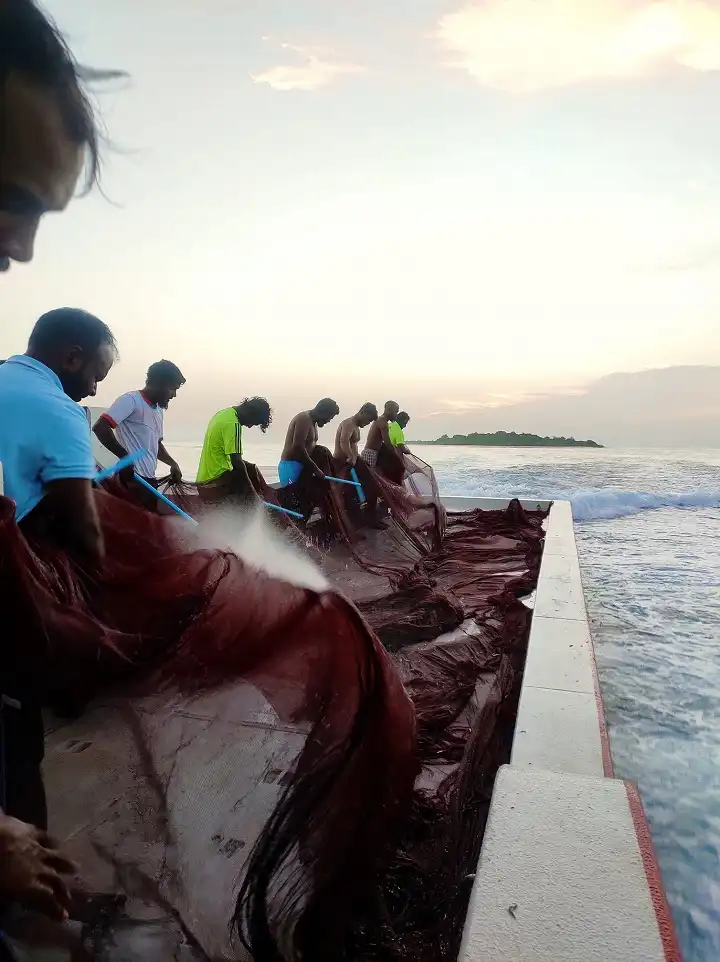
Fishing remains the primary livelihood for many Maalhos residents. Traditional pole-and-line tuna fishing is still practiced, and visitors can observe fishermen returning with their daily catch in the late afternoon.

The island is known for its skilled craftspeople who create traditional items like coir rope (made from coconut husks), thatch weaving, and wooden lacquerware using techniques passed down through generations.
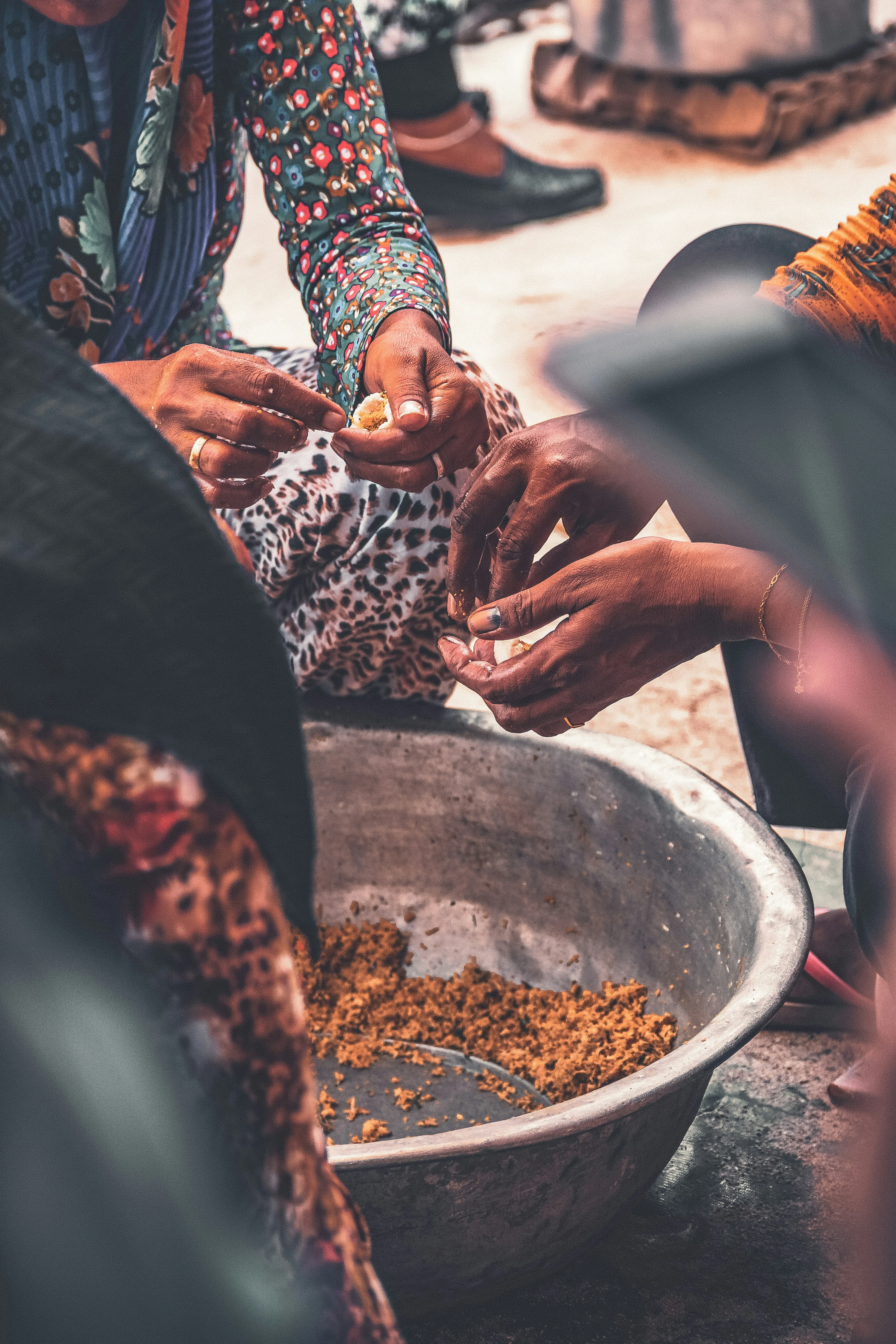
Local food on Maalhos features fresh seafood, coconut, and spices. Dishes like mas huni (tuna with coconut), garudhiya (fish soup), and various curries showcase authentic Maldivian flavors rarely found in resort restaurants.

The traditional Maldivian drumming and dance performance known as Boduberu is still practiced on Maalhos. Visitors may have the opportunity to witness or even participate in these energetic cultural performances.
Life on Maalhos follows a traditional pattern shaped by both practical necessities and religious observances:
Visitors are welcome to observe and respectfully participate in appropriate aspects of daily island life, providing a genuine cultural exchange opportunity.
These experiences provide a deeper understanding of Maldivian culture beyond the beaches and resorts that dominate tourism imagery.
Maalhos offers a small but growing selection of accommodation options that cater primarily to budget and mid-range travelers seeking an authentic island experience. While luxury amenities are limited compared to resorts, the personal service and cultural immersion provide a different kind of value.

Several family-run guesthouses offer clean, comfortable rooms with essential amenities including air conditioning, hot water, and Wi-Fi. These accommodations typically provide full-board packages that include three meals daily and can arrange excursions and activities.
Price Range: $30-60 per night
Popular Options: Maalhos Inn, Ocean Retreat Maalhos, Island Breeze Guesthouse

A few slightly more upscale properties offer enhanced amenities, better furnishings, and more personalized service. These establishments typically feature larger rooms, quality dining options, and more organized excursion services.
Price Range: $60-90 per night
Features: Premium furnishings, on-site restaurants, garden or sea views, tour services

For travelers seeking the most authentic cultural experience, a few families offer homestay accommodations where guests stay in a room within a family home. These provide unparalleled cultural immersion and insight into daily Maldivian life.
Price Range: $25-40 per night
Features: Home-cooked meals, cultural exchange, family interaction
Despite its small size and traditional character, Maalhos has developed basic infrastructure to support both its local population and growing tourism industry. While facilities are modest compared to larger islands, they provide the essentials for a comfortable stay.
The island has 2-3 small general stores selling basic groceries, snacks, beverages, toiletries, and some souvenirs. These shops are typically open from early morning until around 10:00 PM, with a break during prayer times.
There are 1-2 small local cafés serving Maldivian cuisine and simple international dishes. Most guesthouses have their own dining facilities for guests, often featuring fresh seafood and local specialties.
A small health center with basic medical facilities and a resident nurse provides primary care. For serious conditions, evacuation to Male is arranged. Basic medications are available, but visitors should bring any specific medications they need.
There is no ATM on Maalhos Island. Visitors should bring sufficient cash (US dollars or Maldivian rufiyaa) from Male. Some guesthouses accept credit cards, though they may charge a small fee for this service.
Most guesthouses offer Wi-Fi, though connection speeds can be variable. Mobile coverage is generally good with both Dhiraagu and Ooredoo networks. SIM cards can be purchased at the airport or in Male before arrival.
24-hour electricity is available throughout the island. Power outlets are UK-style three-pin plugs. Occasional brief power outages may occur, but most guesthouses have backup generators.
The island has a small primary school. For secondary education, students typically travel to larger islands or Male. Visitors interested in education can arrange to visit the school through their guesthouse (outside of class hours).
The island has a main mosque at its center. Visitors are welcome to view the exterior but should dress modestly and respect prayer times. Non-Muslims are not permitted to enter the prayer areas.
A small football field serves as the main recreational area for the island's youth. Informal matches are often played in the evenings, and visitors are sometimes invited to join in these friendly games.
A small harbor and jetty facilitate arrivals and departures. The harbor area is also where fishing boats dock and where many water activities begin. It's a social hub where locals gather in the evenings.
The island relies on groundwater and rainwater collection. Most guesthouses provide filtered drinking water. Bottled water is available in local shops, though visitors are encouraged to use refillable bottles to reduce plastic waste.
Basic waste management systems are in place, though not as advanced as on some other islands. Visitors are encouraged to minimize waste and take non-biodegradable items like batteries back with them when they leave.
One of Maalhos Island's greatest attractions is its pristine natural environment, featuring beautiful beaches and an exceptional house reef. The island's relatively undeveloped tourism industry means these natural treasures remain uncrowded and well-preserved.
Maalhos has a designated "bikini beach" on the eastern side of the island, about a 10-minute walk from the center. This beautiful stretch of white sand allows tourists to wear Western-style swimwear. The beach features soft white sand, crystal-clear turquoise waters, and natural shade from palm trees. Unlike the crowded beaches of more popular islands, Maalhos' bikini beach often provides a nearly private experience for visitors.
The island is surrounded by beautiful beaches, though visitors should note that modest dress is required on public beaches outside the designated bikini beach area. The northern beach offers spectacular views of neighboring islands, while the western beaches provide stunning sunset vistas that rival those of luxury resorts.
Maalhos is renowned for its exceptional house reef, accessible directly from the shore at several points around the island. The reef is particularly vibrant on the eastern and northern sides, where snorkelers can observe a diverse array of marine life including colorful reef fish, rays, reef sharks, and occasionally turtles. The healthy coral formations provide habitat for numerous species and offer excellent snorkeling opportunities without the need for boat excursions.


The waters around Maalhos Island offer exceptional marine biodiversity, making it a paradise for snorkelers and underwater enthusiasts:
The relatively low number of visitors means marine life is less disturbed and more abundant compared to heavily visited areas, providing exceptional snorkeling experiences directly from the shore.
Despite its small size and traditional character, Maalhos offers a variety of activities that allow visitors to experience both the natural beauty of the Maldives and authentic island culture. Most activities can be arranged through guesthouses or local guides.
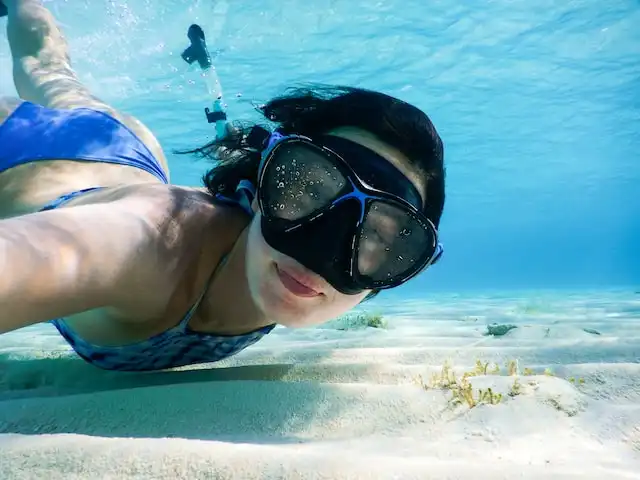


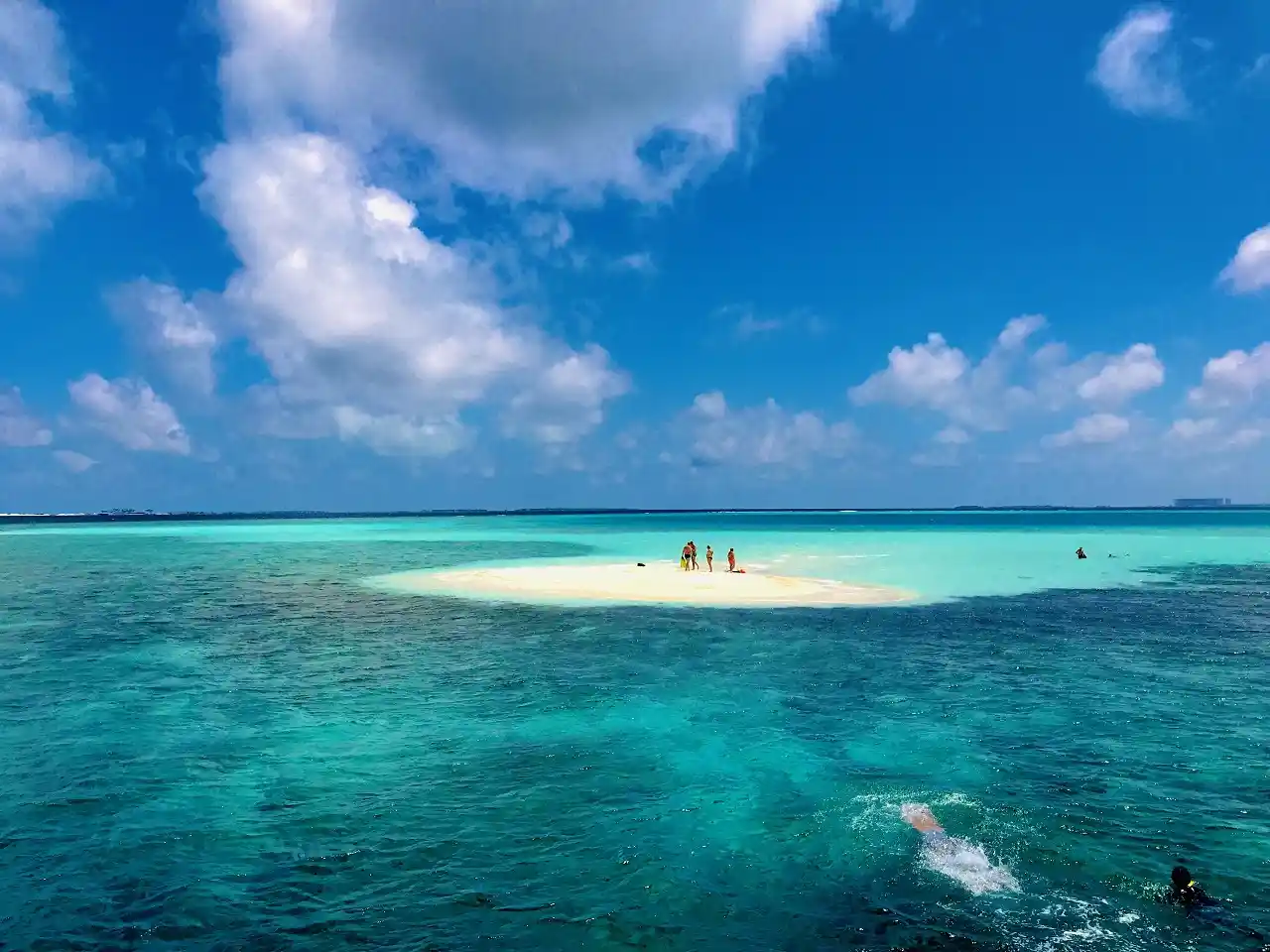

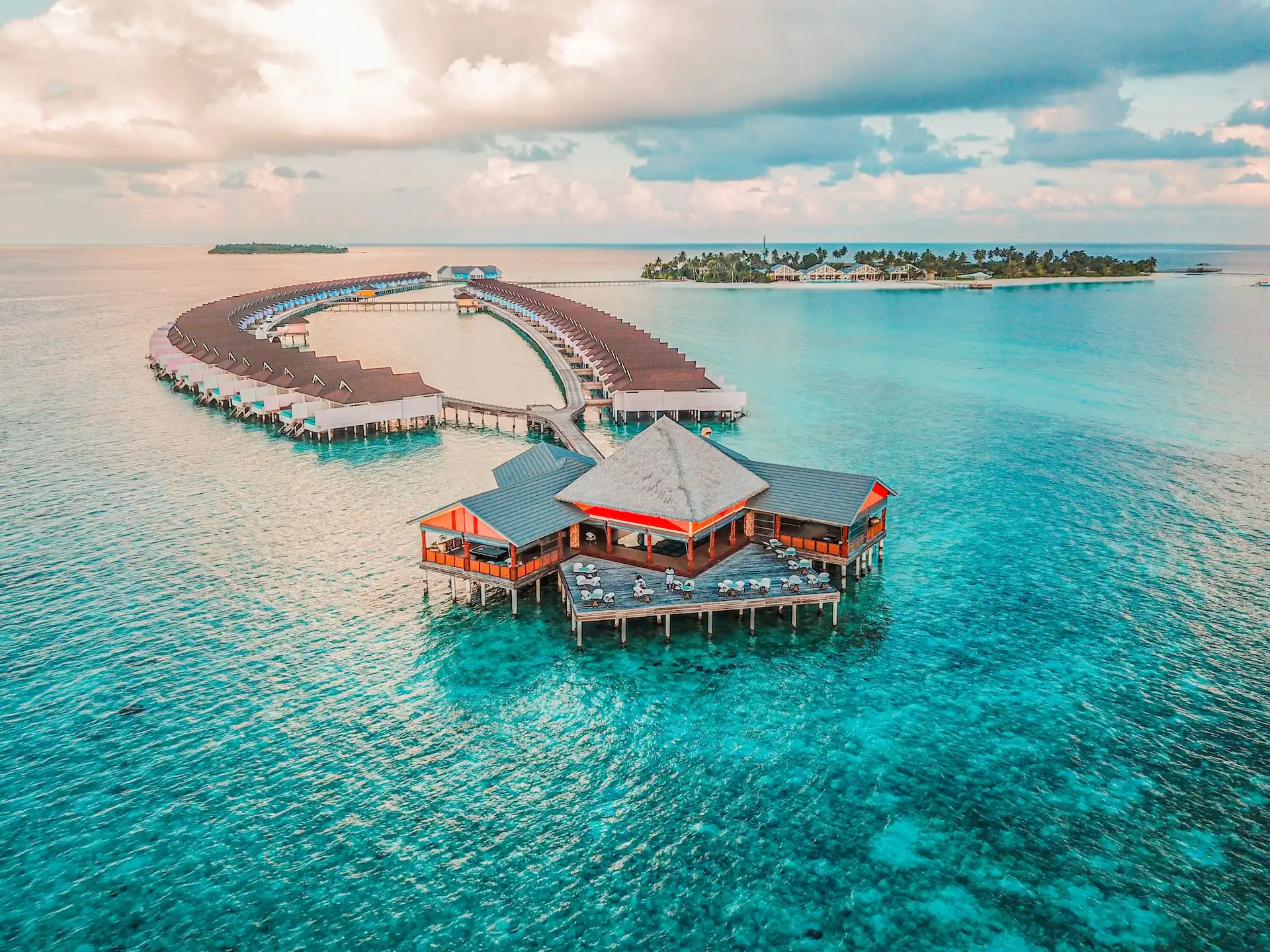
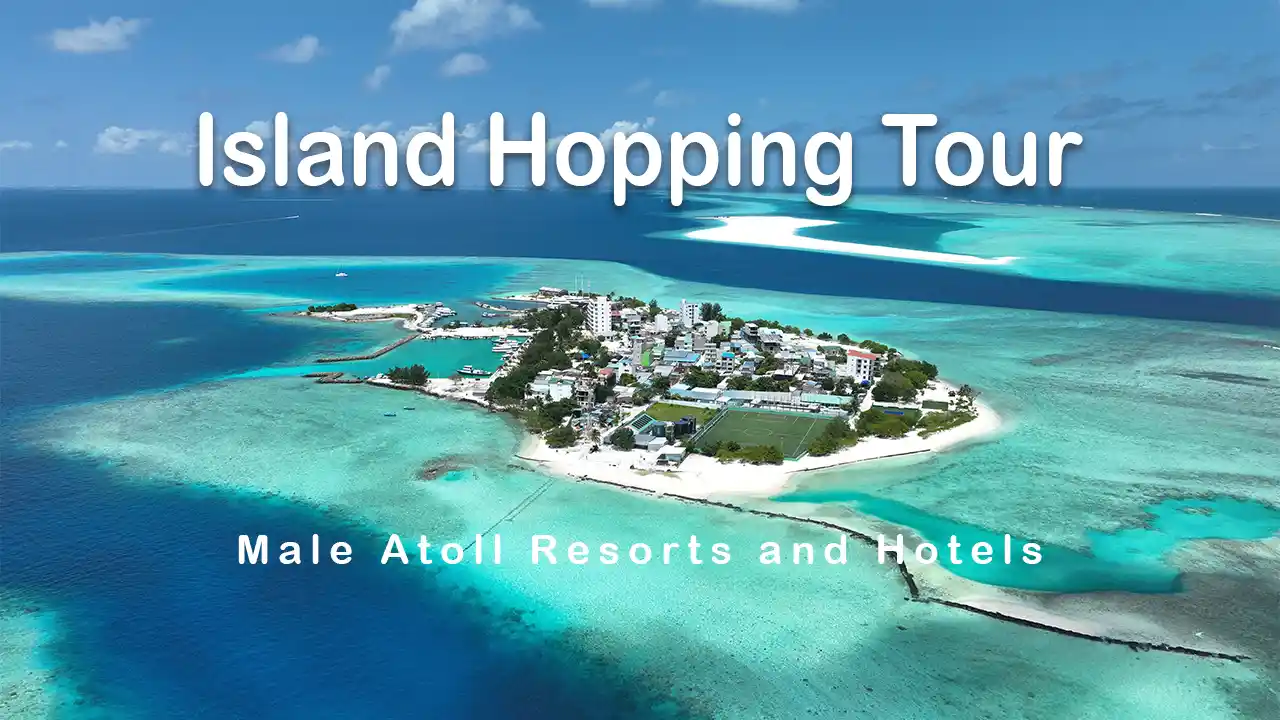

The heart of Maalhos' charm lies in its close-knit community of approximately 700 residents. The island's population maintains traditional Maldivian customs and a way of life that has changed little over generations, offering visitors authentic cultural insights.
Life on Maalhos revolves around fishing, small-scale agriculture, and increasingly, tourism. Many residents work in traditional occupations like fishing, boat building, and handicrafts, while others are involved in the growing tourism sector. The daily rhythm is influenced by the five daily prayer times observed in this Muslim community, with activity pausing briefly during these periods. The island follows a relaxed pace, with community gatherings in the evenings when the heat of the day subsides.
Maalhos preserves many traditional Maldivian customs and celebrations. Religious festivals like Eid are important community events, while cultural practices such as Boduberu performances (traditional drumming and dancing) are still maintained. The island has a strong oral tradition, with stories and legends passed down through generations. Traditional crafts like rope making from coconut husks, boat building, and lacquerware production are still practiced by skilled artisans.
What makes Maalhos special is its strong sense of community cooperation. Residents work together on island improvement projects, share resources, and support each other through communal activities. This cooperative spirit extends to visitors, who are often welcomed into community events and activities. The island maintains a traditional governance structure alongside official administration, with elders playing an important role in community decisions.

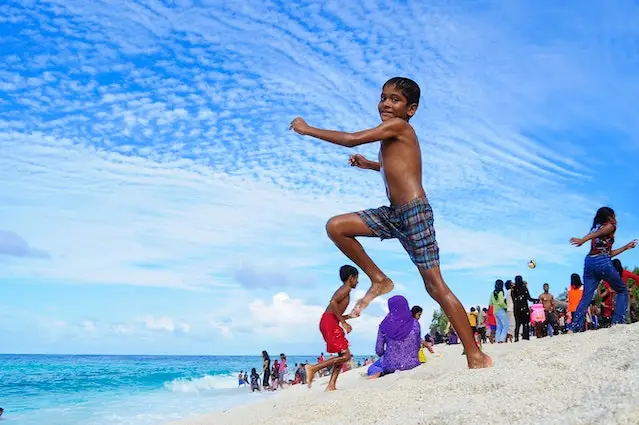
Hear what previous visitors have to say about their stay on Maalhos Island:
Maalhos was exactly what we were looking for - a genuine Maldivian experience away from the artificial resort atmosphere. The island is small and peaceful, with the friendliest locals we've ever met. Our guesthouse was simple but clean and comfortable, with delicious home-cooked meals featuring fresh fish caught that same day. The snorkeling directly from the beach was incredible - we saw more marine life here than on expensive excursions from resorts on previous trips! We spotted reef sharks, turtles, rays, and countless colorful fish just a short swim from shore. What made our stay special was the cultural experience - joining a local fishing trip, learning to cook Maldivian dishes, and being invited to a community gathering with traditional drumming. If you want to experience the real Maldives and amazing snorkeling without the resort price tag, Maalhos is perfect.
I chose Maalhos for my solo trip because I wanted to experience authentic island life rather than an isolated resort. This tiny island delivered everything I hoped for and more. My homestay experience with a local family was the highlight - I was treated like a family member, sharing meals and daily activities while learning about Maldivian culture firsthand. The beaches are pristine with hardly any other tourists - I often had the entire bikini beach to myself! The house reef is spectacular - I saw turtles, reef sharks, and even an eagle ray while snorkeling. What surprised me most was how welcoming the community was - I was invited to join a wedding celebration, learned traditional rope making from coconut husks, and even participated in a community beach clean-up. The pace of life here is wonderfully slow and peaceful. If you're looking for nightlife and luxury amenities, this isn't the place, but if you want natural beauty, cultural immersion, and a genuine connection with local people, Maalhos is a hidden gem.
Discover pristine beaches, vibrant marine life, and traditional culture on Maalhos Island. Book your stay today for an unforgettable and authentic Maldivian experience.
Plan Your TripYou can reach Maalhos Island from Male by public ferry or speedboat. The public ferry operates three times a week (Sunday, Tuesday, and Thursday), departing from Male at 9:00 AM and arriving at Maalhos around 2:00 PM. The journey takes approximately 5 hours and costs about $3-5 per person. Speedboat transfers are faster (about 2-2.5 hours) but more expensive (around $45-55 per person) and can be arranged through your guesthouse or a travel agency. Some guesthouses also offer private transfers for a higher fee. It's recommended to book your transfers in advance, especially during high season.
The best time to visit Maalhos Island is during the northeast monsoon (December-April), which generally provides the best overall weather conditions with less rainfall, lower humidity, and calmer seas. This period is ideal for snorkeling, diving, and beach activities. The water visibility is excellent during these months, making it perfect for marine life observation. The southwest monsoon (May-November) may have occasional rain showers but still offers many sunny days, fewer tourists, and lower prices. Water temperature remains warm (27-30°C/80-86°F) year-round, making Maalhos a viable destination throughout the year.
Maalhos stands out from other local islands in the Maldives primarily because of its authentic, traditional character that has been well-preserved despite growing tourism. The island is smaller and less developed than popular local islands like Maafushi or Thulusdhoo, offering a more intimate and genuine cultural experience. Maalhos has an exceptional house reef accessible directly from shore, with abundant marine life including turtles and reef sharks. The island's small population creates a close-knit community atmosphere where visitors can experience traditional Maldivian hospitality and daily life. Additionally, Maalhos is less crowded than more established tourist islands, meaning visitors often have beaches and snorkeling spots almost to themselves.
Yes, as Maalhos is a local inhabited island with a Muslim population, visitors are expected to dress modestly in public areas. Both men and women should cover shoulders and knees when walking around the village, visiting shops, or dining in local restaurants. Swimwear (including bikinis) is only permitted at the designated "bikini beach" area on the eastern side of the island. When visiting the mosque or religious sites, women should cover their heads with a scarf. These dress code requirements are a sign of respect for local culture and traditions and are generally well-enforced on the island.
Maalhos is renowned for its exceptional marine biodiversity, and snorkelers can expect to see a wide variety of underwater life directly from the beach. Common sightings include colorful reef fish (parrotfish, angelfish, butterflyfish, triggerfish, etc.), blacktip reef sharks, hawksbill and green sea turtles, eagle rays, stingrays, moray eels, octopuses, and various crustaceans. The house reef features healthy coral formations with both hard and soft corals. During certain seasons (typically November to April), manta rays can sometimes be spotted at nearby cleaning stations. The relatively low number of visitors means marine life is less disturbed and more abundant compared to heavily visited areas, providing exceptional snorkeling experiences directly from the shore.